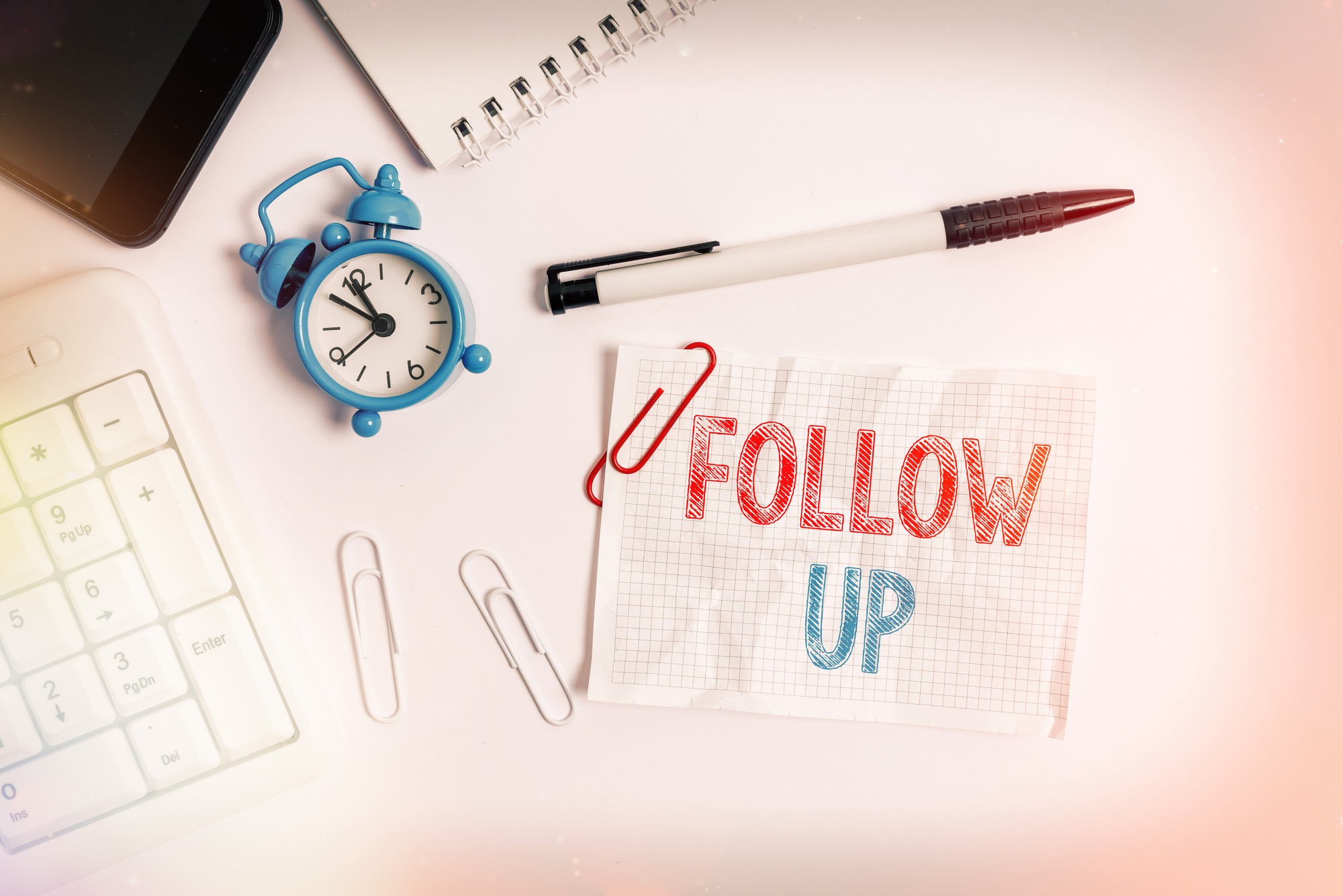
Establishing effective follow-up procedures is crucial for success in various scenarios, be it business, education, healthcare, or personal relationships. Follow up has three main purposes building relationships, enhancing accountability, and maximizing opportunities. Consistent communication shows commitment and care, allowing a business to foster trust and build a relationship with its customers. Enhance accountability with your team and business partners by following up on actions, deadlines, and commitments allowing for positive progress to be maintained. Having a follow up process can help maximize business opportunities with prospective customers or sales. All three of these focuses can be used one way or another in any industry and here is an in-depth look at how to establish effective follow-up strategies.
- Define Clear Objectives
What do you aim to achieve? Whether it’s closing sales, ensuring project milestones, or maintaining relationships, clarity is essential. By defining precisely what you aim to achieve during planning you can establish consistent follow up points. Ensure that everyone involved understands the purpose of these follow-ups and what will be reviewed at those set times.
- Choose Communication Channels Wisely
Different situations call for different channels. Consider the nature of your message and the recipient’s preferences. Email might be ideal for formal updates, but a phone call might be more effective for urgent matters or when discussing complex issues. Utilize various communication channels when appropriate. For instance, sending a follow-up email after a productive meeting and then following up with a call to discuss specifics can reinforce the message.
- Set a Schedule
Establish a follow-up schedule to maintain regular communication. This could involve weekly check-ins, bi-monthly updates, or specific dates tied to project milestones, and include what the message or agenda will be. This prevents missed opportunities and ensures consistency. While consistency is crucial, be adaptable. If circumstances change or urgent matters arise, be willing to adjust your follow-up schedule accordingly.
- Personalize Communication
Tailor your follow-up messages to the recipient. Personalization demonstrates genuine interest and attention to detail. Address recipients by name, reference past interactions, or highlight specific points of interest or concern. Pay attention to how individuals prefer to communicate. Some might appreciate concise emails, while others might prefer detailed updates or face-to-face discussions.
- Use Technology Wisely
Tools like CRM systems or email automation software such as EyeAppoint can streamline follow-up processes. They help manage contact lists, schedule follow-ups, and send personalized messages at scale. While technology is beneficial, ensure it doesn’t replace genuine human interaction. Use it to facilitate follow-up but maintain a personal touch in your communications.
- Be Persistent but Respectful
Persistence is essential but respect the recipient’s time and priorities. If you haven’t received a response, consider different communication channels, or adjust the frequency of follow-ups. Acknowledge and adhere to boundaries. If someone indicates a preference for less frequent follow-ups or specific communication channels, honor their preferences.
- Seek Feedback
Feedback is invaluable for refining your follow-up strategy. Actively seek feedback on your follow-up approach by asking recipients how you can improve your communication to better suit their needs. Use feedback as a learning tool to refine your follow-up strategy continually. What works for one person or situation might not work for another, so staying adaptable is key.
- Celebrate Successes: Acknowledge successful follow-ups, closed deals, completed projects, or strengthened relationships. Celebrating boosts morale, reinforces the importance of effective follow-up, and encourages continued efforts. Analyze successful follow-ups to understand what elements contributed to their success. Use these insights to replicate effective strategies in future follow-ups.
Effective follow-up is an art that requires a delicate balance of persistence, tact, and empathy. It’s not just about completing tasks; it’s about nurturing connections and ensuring progress. By implementing a well-thought-out follow-up strategy, individuals and organizations can significantly enhance their success rates and relationships.



